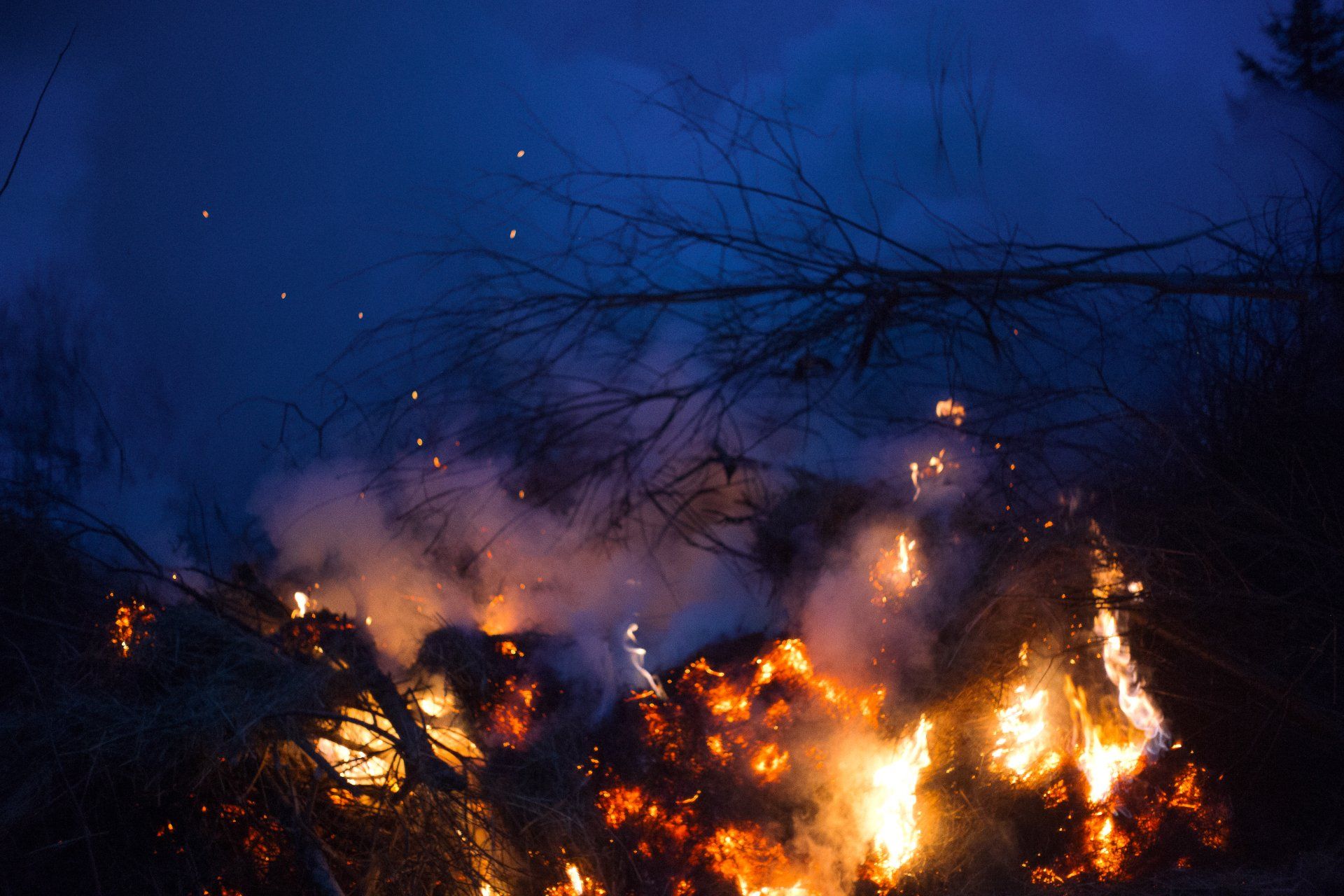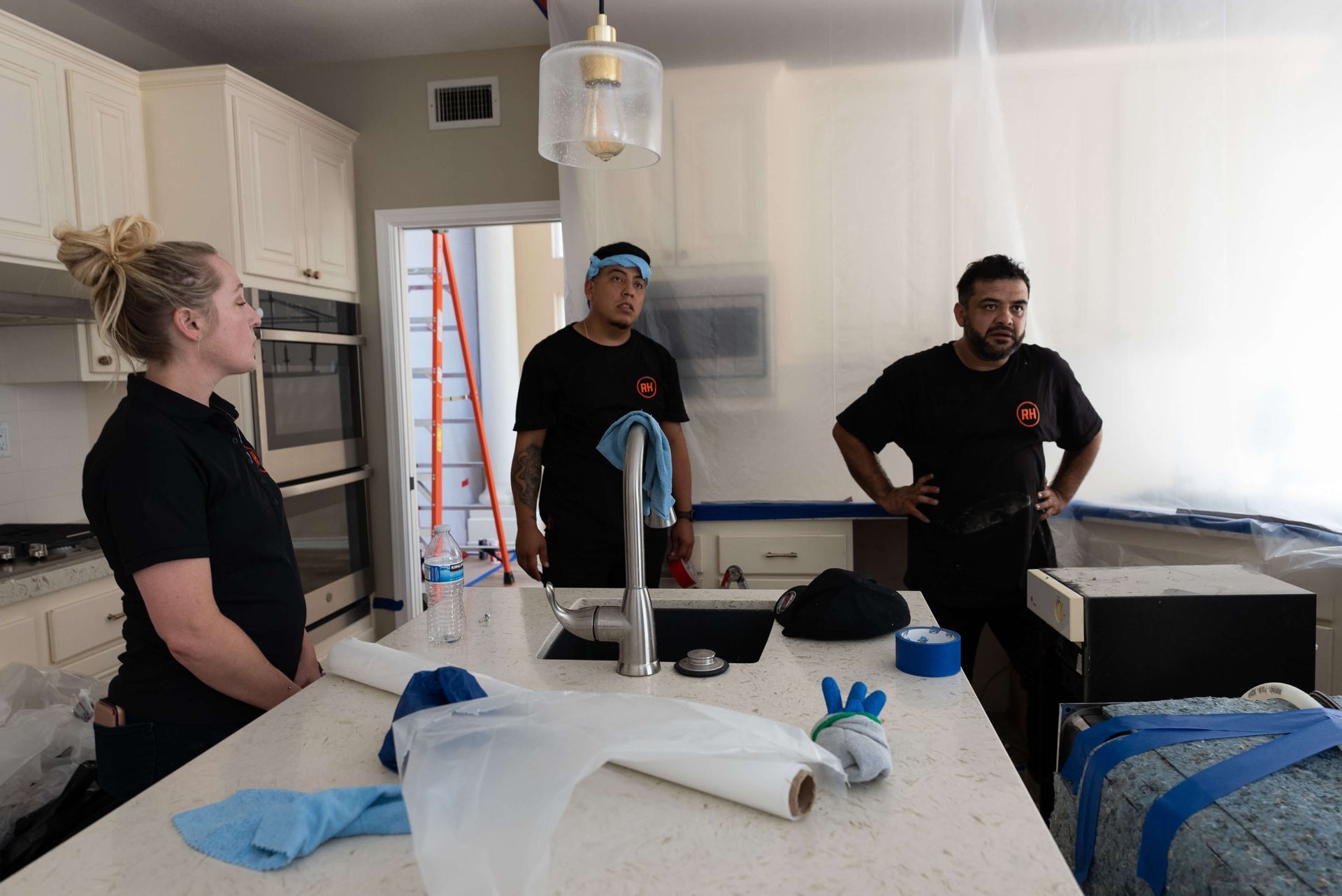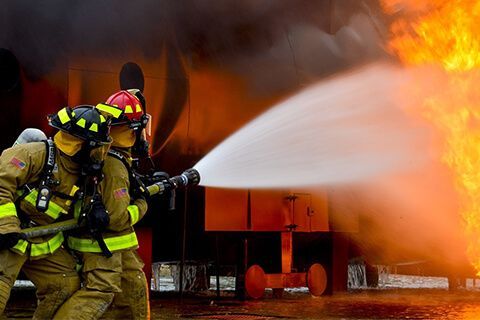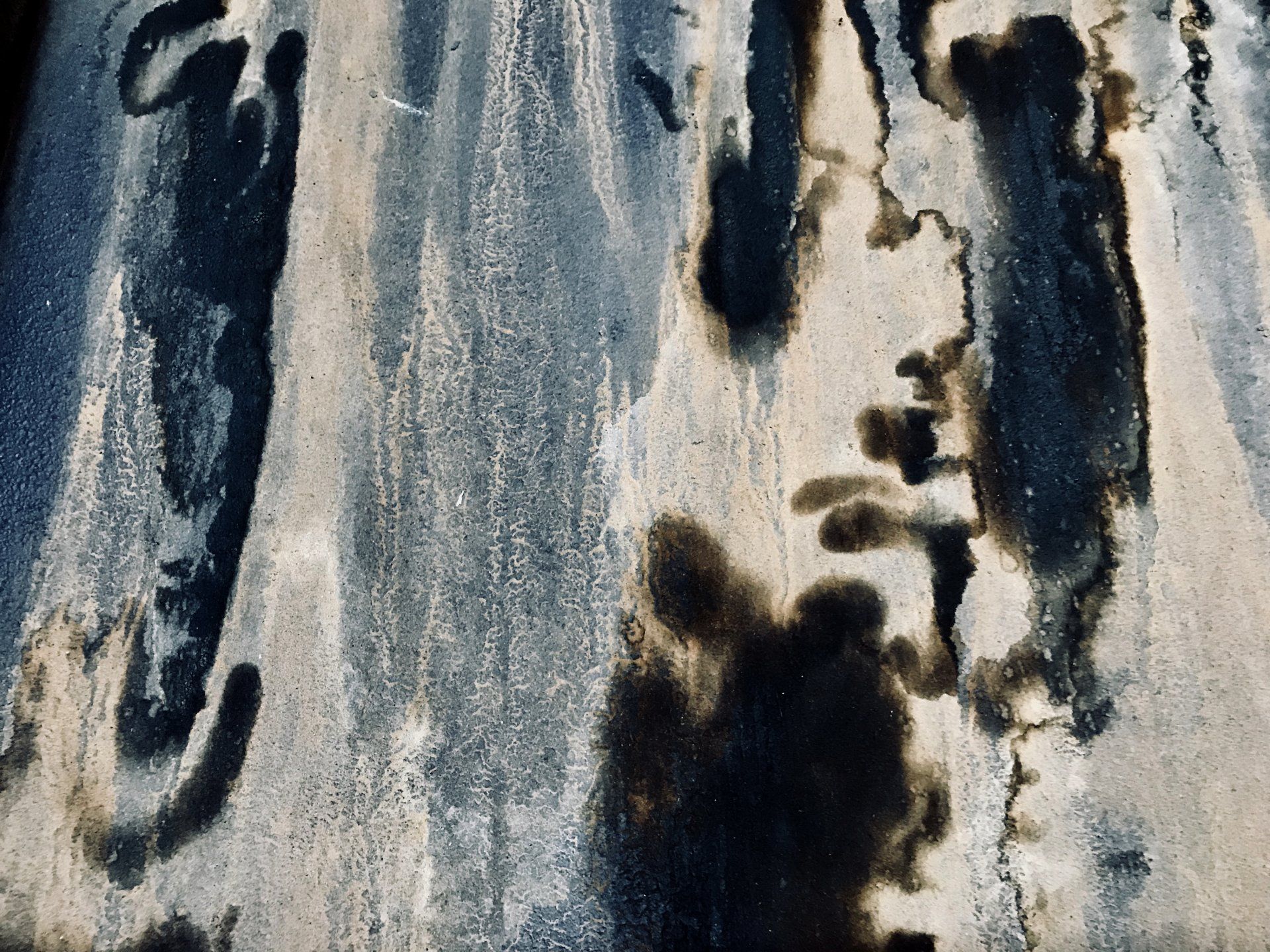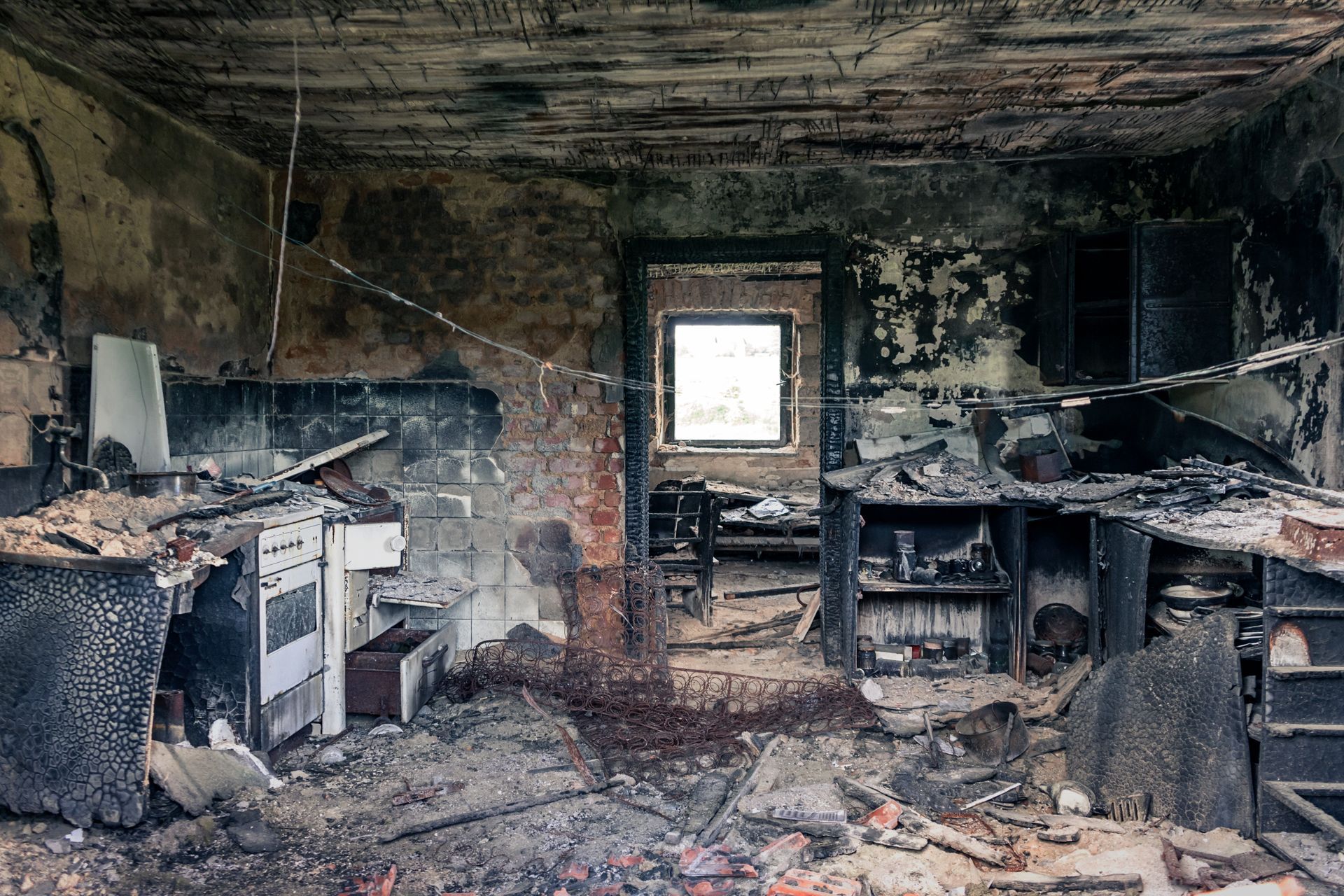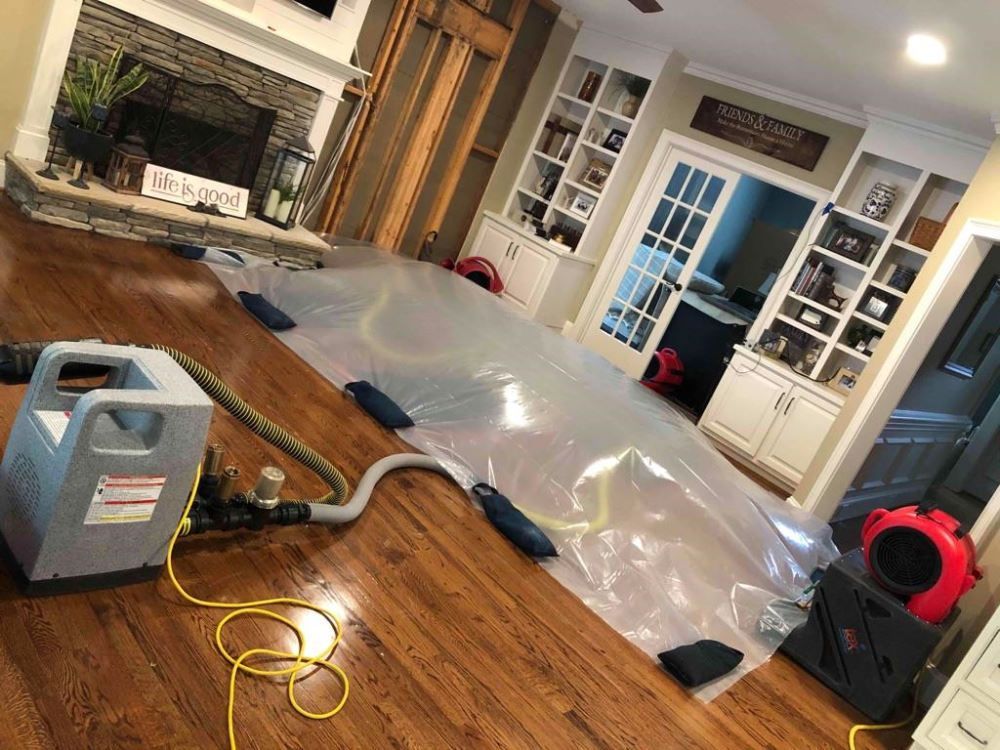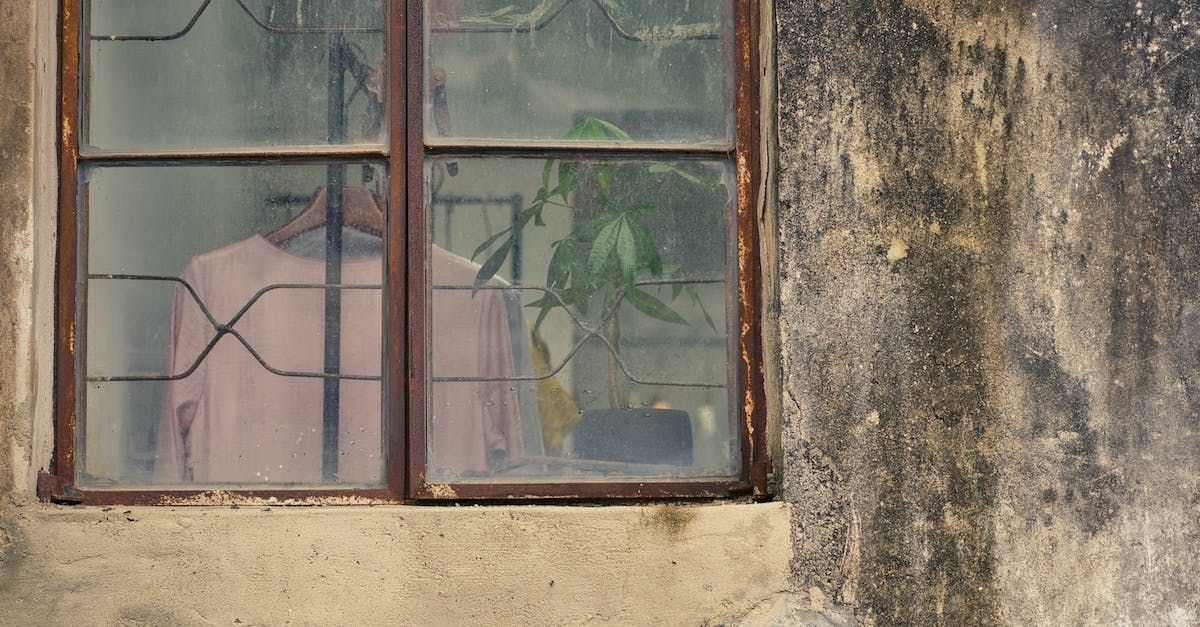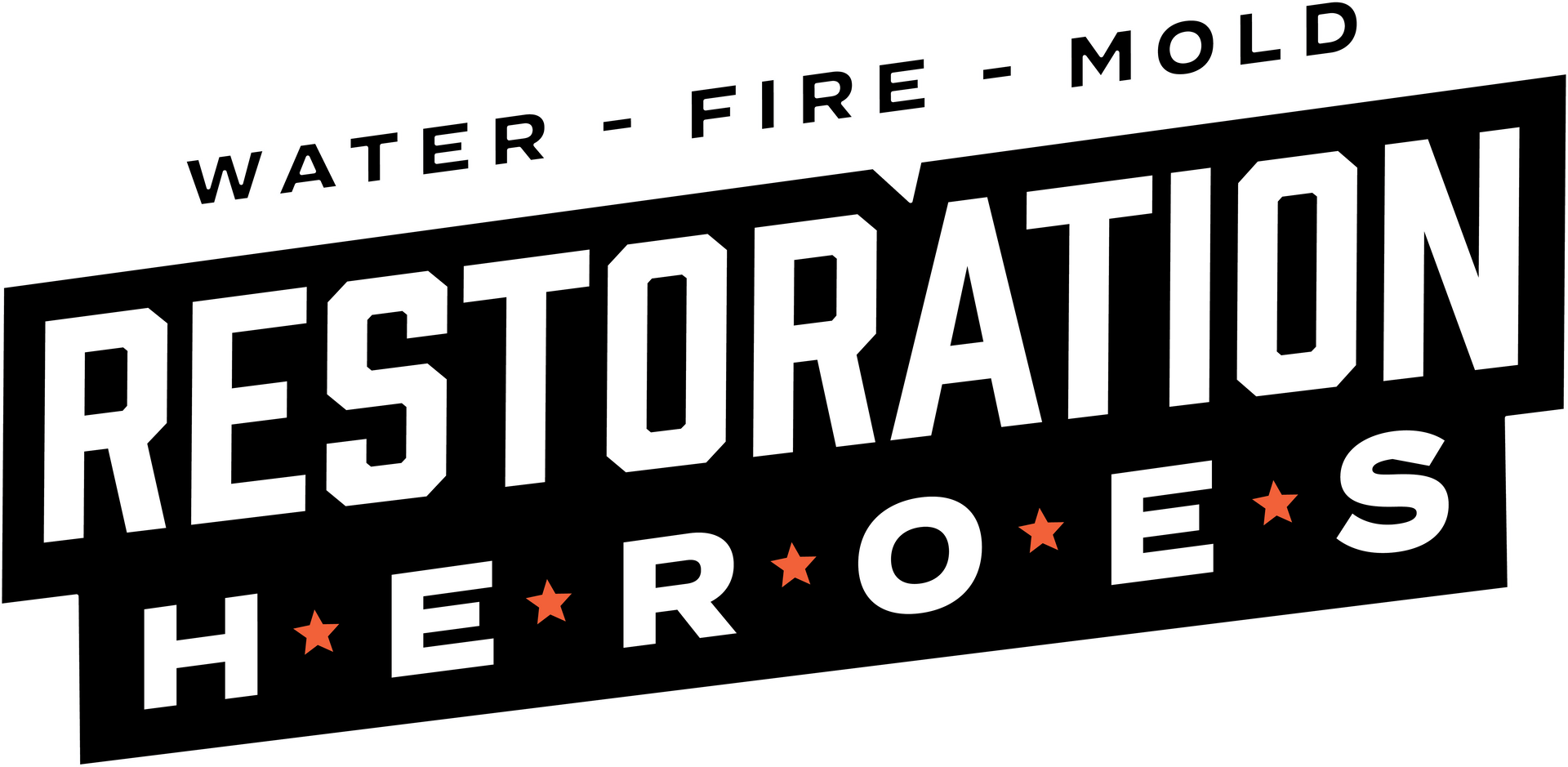
- SERVING ALL OF ORANGE COUNTY, CA
- 24/7 EMERGENCY RESPONSE
GIVE US A CALL
The Dangers of Mold Growth in Your Home
Don't Ignore the Dangers of Mold in House: What You Need to Know
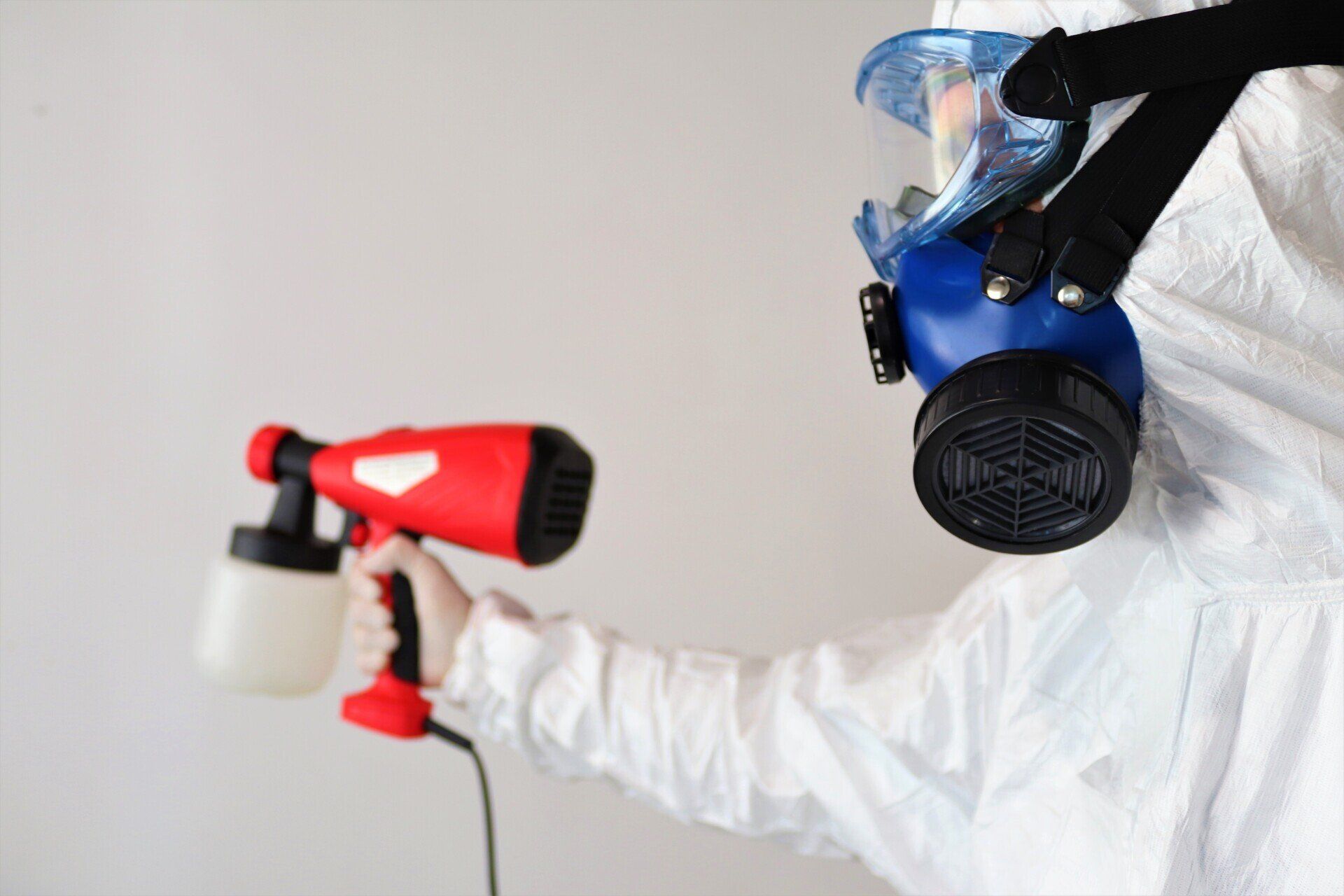
Mold is a type of fungus that can grow in homes and cause serious health problems for those living there. It thrives in warm, damp environments and can often be found in areas like bathrooms, basements, attics, and kitchens. If left unchecked, mold growth can cause illnesses such as asthma, allergies, and even respiratory diseases. In this article, we will discuss the dangers of mold in the house and how to identify it.
Health Risks
Mold has been linked to serious health risks, including allergies, asthma attacks, skin infections, sinusitis, and even cancer. Studies have shown that prolonged exposure to mold can cause respiratory illnesses such as bronchitis, pneumonia, and COPD. Different types of mold have different effects on the body. For instance, some molds produce mycotoxins—a type of toxic chemical that can cause a wide array of symptoms ranging from skin and eye irritation to memory loss. Other molds may cause allergic reactions leading to sneezing, coughing, itchy eyes, and other respiratory issues.
Allergic Reactions
Mold allergies can vary in severity, ranging from mild to severe. Symptoms can include sneezing, coughing, watery eyes, runny nose, nasal and sinus congestion, headaches, fatigue, and skin rashes. People with asthma may experience wheezing and difficulty breathing due to mold exposure. Severe allergic reactions, in some cases, may lead to anaphylaxis.
People can be more susceptible to mold allergies due to factors such as genetic and environmental conditions. People with a family history of allergies may be more likely to develop an allergy to mold, as well as those living in humid climates or areas where moisture is present.
Respiratory Issues
Mold exposure can lead to respiratory issues such as asthma, bronchitis, and other breathing problems. Mold can trigger an allergic reaction in those who have a sensitivity or allergic response to the spores released by the mold. These reactions may include coughing, sneezing, wheezing, and difficulty breathing. Additionally, individuals with pre-existing respiratory conditions such as asthma are at an increased risk for developing health issues due to mold exposure. People with asthma or other respiratory conditions may experience more severe reactions, including exacerbation of symptoms and even difficulty breathing.
Headaches and Fatigue
Mold exposure can have a negative impact on both energy levels and cognitive function. Mold toxins, known as mycotoxins, can cause fatigue and impair concentration by disrupting the body's natural ability to produce energy. The effects of mold exposure are especially noticeable in people who suffer from chronic headaches or fatigue, which may be linked to exposure to moldy environments. In some cases, people may be so sensitive to the effects of mold toxins that they experience debilitating headaches and fatigue as soon as they enter a moldy area. Additionally, people exposed to harmful mold levels can develop systemic infections, which can further impair their energy levels and cognitive abilities.
Irritation
Mold exposure can lead to irritation of the eyes, nose, and throat. The most common symptom is coughing, but you may also experience a sore throat, sneezing, itchy eyes, or nasal stuffiness. It is important to note that these symptoms may not be immediate; they can take hours or even days to develop after exposure to mold. Mold spores can cause an allergic reaction, which results in your body's immune system releasing chemicals that trigger allergy symptoms.
Fungal Infections
Mold exposure can result in a variety of fungal infections, ranging from superficial skin and nail infections to more serious respiratory or systemic infections. Superficial skin and nail infections are caused by contact with mold spores which may enter the body through small cuts or scratches on the skin. These types of infections often cause redness, itching, swelling, and blisters around the area of contact. More serious systemic infections, also known as invasive fungal infections, can occur when mold spores are inhaled and enter the bloodstream.
Neurological Symptoms
Mold exposure can cause a variety of neurological symptoms, such as memory loss and difficulty concentrating. These symptoms may be a result of the neurotoxins produced by certain species of mold, which can lead to inflammation in the brain and other areas of the nervous system. Additionally, prolonged exposure to high levels of mold spores or mycotoxins can damage nerve cells, resulting in a wide range of neurological symptoms. In some cases, exposure to mold can also lead to long-term cognitive deficiencies or even permanent mental impairment.
Immunological Reactions
Mold exposure can have a significant impact on the immune system. There is evidence to suggest that certain types of mold, such as Aspergillus, can cause a wide range of immunological reactions in humans and other animals. These responses range from allergic sensitization, which causes an overreaction of the body's immune system when exposed to allergens, to more serious issues, such as lung inflammation and asthma. In addition, mold exposure has been linked to an increased risk of developing autoimmune diseases, such as rheumatoid arthritis. Mold can also lead to an increased risk of infection due to its ability to weaken the body's defenses against disease-causing microbes.
Toxicity From Mycotoxins
Mycotoxins are toxic substances produced by certain types of mold. Although rare, exposure to mycotoxins can have serious health consequences if inhaled or ingested. Types of molds known to produce mycotoxins include Fusarium, Aspergillus, and Penicillium species. The most commonly associated health effects caused by mycotoxin exposure include respiratory illnesses, skin irritation, and gastrointestinal issues. In rare cases, more severe symptoms such as organ damage, cancer, and even death have been reported. It is important to note that not all molds produce mycotoxins, and these health risks can be avoided by avoiding exposure to potential sources of contamination.
Sudden Infant Death Syndrome (SIDS)
Mold exposure has been linked to an increased risk of Sudden Infant Death Syndrome (SIDS). Certain molds are known to produce certain mycotoxins, which can be released into the air, leading to potential health risks for infants. While the risk is small, it's important for parents to be aware of it and take steps to reduce their babies' exposure. Risk factors include living in older homes that may be more likely to have mold, as well as having a baby sleep in the same room as a humidifier or dehumidifier. To reduce the risk of SIDS due to mold exposure, parents should regularly clean and maintain their home's ventilation system and ensure there is no visible mold in the baby's sleeping area.
Structural Damage
Mold growth can have a serious impact on the structural integrity of your home. Mold can cause significant long-term damage to property. In some cases, this damage can be so severe that it drastically reduces the value of a home and makes it unsafe to inhabit. Mold growth in a home can cause wood rot, which weakens the structural support of walls and ceilings, making them more susceptible to collapse. The presence of mold can also make it harder to sell a property. Potential buyers may be put off by the sight of mold and the associated risks, making it hard to get a good price for the home.
Compromised Foundation
Mold growth can weaken walls, floors, and ceilings over time. Moisture trapped in damp environments encourages the development of mold spores, leading to significant structural damage. Mold causes surfaces to become porous and soft and eventually crumble away due to weakened foundations. Not only does this diminish the aesthetic features of a home, but it also compromises its structural integrity.
Decreased Property Value
Mold growth can have a serious impact on the value of a property, as it can be an expensive and time-consuming process to remove. Prospective buyers may be put off by visible mold growth and its associated odors, while landlords and tenants may experience health problems due to exposure.
Increased Risk of Collapse
Mold growth can cause serious structural damage to a building, leading to the risk of collapse. If left unaddressed for too long, it can lead to weakened support structures and even collapse of roofs and walls. This is especially true in climates with high humidity and frequent rain, as mold thrives under these conditions. It is important to address mold growth as soon as it is detected in order to prevent structural failure. Inspections for mold should be conducted regularly, and any found should immediately be dealt with either through cleaning or removal.
Discoloration, Warping, or Deformation
Mold growth can cause discoloration, warping, or deformation of building materials, leading to unsightly damage to a home. For example, wood surfaces may become stained and warped due to mold growth, resulting in an unattractive appearance. Other materials, such as drywall and plaster walls, can also be affected by mold growth. The presence of mold can discolor and deteriorate these surfaces. Warped wood floors can be particularly difficult to repair, as the underlying damage caused by mold growth may have an adverse effect on the aesthetic appearance of the flooring.
Unpleasant Odors and Reduced Indoor Air Quality
Mold growth can cause unpleasant and musty odors that can significantly reduce indoor air quality. This type of mold contamination can have a serious impact on the health and well-being of people living or working in affected spaces. Inhaling mold spores can lead to respiratory issues, asthma attacks, skin irritation, headaches, fatigue, nausea, and other ailments. Additionally, it may aggravate existing conditions such as allergies or asthma.
Increased Potential for Pest Infestations
Mold growth can attract a variety of pests, not just insects and rodents. Animals such as birds, bats, raccoons, opossums, and even snakes have been known to nest in moldy buildings or homes. Not only do these animals bring with them additional health risks, such as the spread of disease and the potential for physical injury from bites or scratches. But they can also cause further damage to the building or home. Rodents and other small animals may gnaw on wood, insulation, wiring, and other materials in an effort to make shelter or feed.
Increased Potential for Future Water Damage or Mold Growth
Mold growth is often an indication that there are underlying moisture problems in a building or home. When mold spores become airborne, they can settle on damp surfaces and start to grow. If the underlying source of excess moisture is not addressed, this can lead to further water damage and mold growth over time. It is important to identify the source of any moisture issues and address them in order to prevent future problems.
Identification and Prevention
Mold growth can be a major concern for homeowners, as it not only affects the look of your home but also potentially impacts your health. It's important to know how to identify it and take preventative steps before it gets out of control. This is to ensure that mold doesn't become an issue in your home.
One of the most obvious signs of mold growth is a musty smell. If you notice this in your home, it could be an indication of mold. Visible signs of mold growth include patches on walls or floors that are discolored, warped, cracked, or otherwise damaged.
Proper ventilation and controlling moisture levels are key to preventing mold from growing in your home. Ensure that all areas have good air circulation and that you use dehumidifiers or other equipment to keep humidity levels in check. Keeping the temperature of your home on the cooler side can also help prevent mold growth.
It's also important to address any water damage or leaks quickly, as moisture is one of the key catalysts for mold growth. Have a professional come out and inspect your home for potential sources of water damage and take any necessary action to fix the issue as soon as possible.
By following these tips, you can help keep your home mold-free and maintain a healthy living environment.
Remediation and Removal
Mold remediation and removal require a thorough process in order to eliminate the issue effectively. This process typically consists of inspection, containment, and removal of affected materials. An experienced professional mold remediation company will be able to properly inspect for hidden mold that may not be visible to the naked eye, contain any areas where mold is found, and remove all affected materials safely.
Working with a professional mold remediation company is essential for properly and safely removing mold from your home or business. They can help detect potential sources of moisture that may have caused mold growth, identify any hidden areas affected by mold, use proven mold removal techniques to remove existing mold, and then provide preventative solutions for avoiding future contamination.
When choosing a mold remediation company, it is important to research their experience and credentials. Look for a company that has many years of experience in the industry.
Fight the Mold in Your Home With Restoration Heroes
Mold is a common problem that can cause serious damage to your home and your family's health. Toxic mold growth in warm, humid conditions can lead to water damage, mold allergies, and respiratory issues. The best way to prevent this from occurring is by regularly inspecting for moisture in your home, immediately responding to any leaks or other water issues, keeping humidity levels low, using dehumidifiers, and regularly cleaning surfaces.
At
Restoration Heroes, we are committed to helping you protect your home from the dangers of mold growth. With our professional restoration services, we can help identify potential areas where mold might grow in your home and provide solutions to prevent it before costly damage occurs. If you think you may have a problem with mold growth in your home, contact us today!
CONTACT US 24/7 FOR RESTORATION HELP
Works with all major insurance carriers
Proven & personalized service
Professional, high-quality workmanship
24/7 emergency service
90 Minute On-Site Response Time
IICRC & background checked technicians
OR GIVE US A CALL
Don’t wait on water damage repairs, as it will only complicate the matter and invite more cost and frustration. Restoration Heroes are available 24/7 to help Irvine residents and property owners return their property back to its original state – safely, securely, promptly!
Restoration Heroes is a 24/7 emergency restoration company based in Irvine, CA, and services all of Orange County, CA. We are experienced in water damage restoration, fire damage restoration, mold damage remediation, biohazard cleanup, storm damage cleanup, and more. Our industry experts can advise you on your options, offer guidance, and create the absolute best case outcome for your situation.
QUICK LINKS
All Rights Reserved | Restoration Heroes

